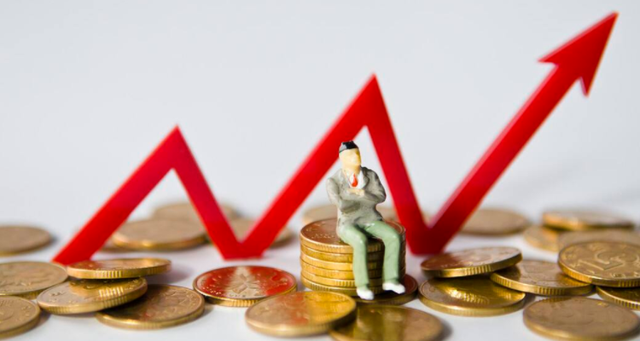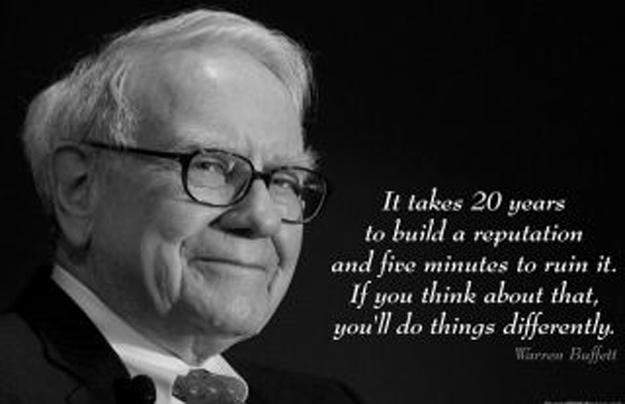There is such a group of Indian immigrants in the United States. They were very poor with limited education. But after they came to the United States, they gradually accumulated wealth by doing business and lived a good life. Their secret of getting rich can be summarized as: low risk but high yield.

In fact, in the business world, many entrepreneurs have achieved success by "low risk and high return". For example, Richard Branson, a British billionaire, founded Virgin Airlines in this way. After analyzing Branson's entrepreneurial experience, we found that he invested very little startup capital, which means that the risk he took was relatively low, and even if he lost all of his money, he could afford it; Once the company is well managed, it can bring him dozens or even hundreds of times of returns. It tells us instead of avoiding failure, the critical way is to reduce the loss caused by failure.
Here are the specific methods:
1. Focus on investment in existing enterprises
Investing in existing enterprises, that is, buying stocks is better than starting your own business. To start a business requires a good project, startup fund, people who could help you and operation directions. So, from this point of view, holding shares of listed companies is the first step to start investment.
2. Invest in enterprises in slow-change industries
What kind of industry is slow to change?
For example, the industries that meet the most basic needs of daily life, such as food and clothing. slow changing industries, such as food and beverage industry, hotel industry, tourism service industry, etc. These industries have a long history and will not change much over time.

3. Investing in sluggish enterprises in downturn industries
For example, the whole tourism industry declined at the time of September 11th, when some people invested in the motel industry; Others choose to act when the steel enterprise goes bankrupt.
The downturn is not a bad thing, but a "low-risk" investment opportunity. Because these industries are supposed to meet the most basic human needs, but they are temporarily impacted by the changes in the economic environment. When the crisis is over, these industries will improve and stabilize, and the initial investment will make a big return.
Therefore, in an industry with relatively slow changes, the risk of investment in the downturn is relatively small, because most of the time, the downturn is temporary, not permanent.
4. Invest in enterprises with lasting competitive advantages
This is actually from Buffett's "moat" theory. Buffett once mentioned his investment ideas on public occasions.The enterprise I like is one that has lasting viability and strong competitive advantages. It is like a solid castle surrounded by a wide moat, and there are fierce crocodiles in the river.In short, it means that you can do it while others can't.






